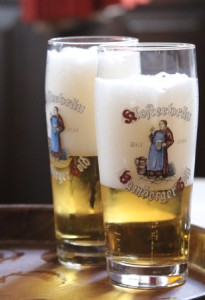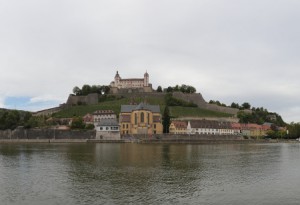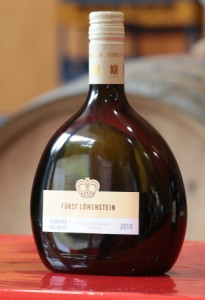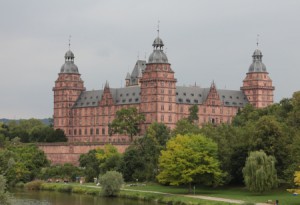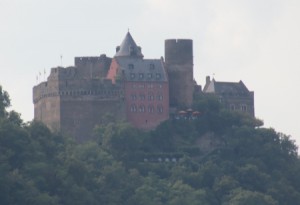Bamberg Today we visited Bamberg, a lovely little city on the Main river. Beer Today was the day of beer and sausages, a visit to the Kolsterbau, one of the oldest (set up in 1533) brew houses in Bamberg. The speciality of the Bamberg master brewers is the so called “smoked beer” aka Rauchbier, which …
Category: Gremany
Germany
Sep 02
River Cruise – Wurzburg
Wurzburg on Main welcomed us with cloudy skies and a cold wind. Unfortunately I do not have any good photos of the main attraction for the day, the Residenz Palace, because of the mass of cars parked in the front, and the fact that there was no photography permitted inside. However as a consolation prize …
Sep 01
River Crusie – Miltenberg an Schloss Lowenstein
Miltenberg The River Princess docked in Miltenberg. A small town on the Main river. With a local castle, as appears to be customary in south western Germany: Scholss Lowenstein and wine tasting Family Lowenstein was once a once princely family (Furst zu Lowenstein–Wertheim-Freudenberg). The family Lowenstein now holds some titles (with I suspect, much wealth) …
Aug 31
River Cruise – Heidelberg and Aschaffenburg
Heidelberg Heidelberg is located on the Neckar river, which is a major tributary of the Rhine. It is generally agreed that there has been a Roman fort and a relaed settlement in this area as far back as 40AD. The modern city was founded 1169. In 1386, Heidelberg University was founded by Rupert I, Elector …
Aug 30
River Cruise – Castles of the Middle Rhine
Koblenz to Bingen The stretch of the Rhine between Koblenz and Bingen is called the “Romantic Rhine” and it is littered with ruins and 19th century Romantic Movement inspired copies of older castles… Here are some of them: Some of the castles Schloss Stolzenfels: – A toll station since 1200’s. Destroyed in 1698 by the …
Aug 30
The River Cruise – Koblenz and Marksburg (castle)
Koblentz Koblenz lies at the confluence of the Rhine, Moselle and the Lahn rives. This is where the Romans took over an ancient hill fort on the Festung Ehrenbreitstein hill which overlooks the confluence of the Rhine and Moselle from the eastern bank of the river. A stone Roman bridge over the Rhine was also located …
Aug 29
The River Cruise – Moselle Valley – Moselle wine tasting
About Traben-Trarbach After lunch the river took us past some small towns, villages nestled amongst very steep vine covered hills. After passing some locks, we finally arrived in the twin city of of Traben-Trarbach. Traben is on one side of the river and Trarbach on the other. Traben-Trarbach is a wine and boat racing city. …
Aug 29
The River Cruise – Moselle Valley
Bernkastel-Kues Overnight the River Princess has sailed downstream from Trier to Bernkastel-Kues. Bernkastel-Kues is situated in narrows of the valley, and is overlooked by castle left in ruins by a fire, and never rebuilt. With the colder weather the morning mists make for breathtaking views. Some History First written records of a settlement on the …
Aug 28
The River Cruise – Moselle – Trier
Morning – Transit The morning is the transfer to the river cruise ship. She is waiting for us in Trier. So the group was taken by but about 4oo-ish or so KM east from Paris to Trier (Treves). The route took us through the Champangne region countryside, skirting around Riems, Verdun, Metz and finally heading …

